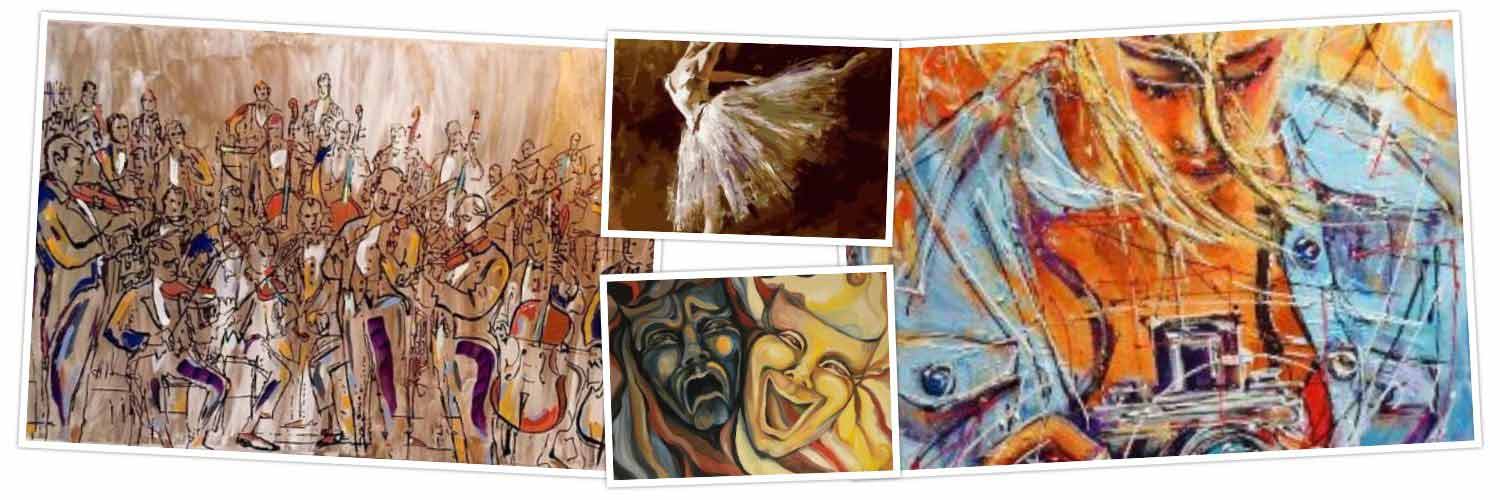Opera San Antonio to Present “Maria De Buenos Aires”
By JASMINA WELLINGHOFF, Editor
Astor Piazzolla was, and continues to be, the king of tango music, but few people know that he also composed a tango opera titled “Maria de Buenos Aires,” which has recently become the darling of opera houses, looking for original and “different” material. A tango opera sounds almost too good to be true.
Opera San Antonio (OSA) is among the opera companies that have fallen under the tango spell.
“I think that this opera is about so many things,” said stage director, Brian August, who has worked on “Maria” several times before. “It’s a story about love, about rebirth, about finding yourself, all through tango music and the tango culture, which is unique in the opera world. I think it’s a really, really incredible experience for both audiences and performers and for all who get to work on it. It changed my opinion about what opera is and what it can be. It’s a really, really unique story.”

We agree with him on that. Though the synopsis of the story changes somewhat from production to production, OSA’s version is based on the Atlanta Opera’s production from 2017, directed by Tomer Zvulun. August worked on that show, and also staged “Maria” in New York City and in New Orleans.
The tale opens with El Duende (the Narrator) who relates the story of Maria, a prostitute born in the city slums “on a day when God was drunk.” The rhythms of tango seduce Maria and she soon becomes a “sorcerous singer and lover in Buenos Aires.” Other versions describe her simply as a Buenos Aires prostitute. In some interpretations, she becomes a victim of murder but in others she is a victim of her way of life (see below). In ACT II, she’s resurrected when El Duende “summons her to return as a Shadow – or Ghost to give birth to a new Maria who then haunts the streets where she once made a living as a prostitute.
“There are many layers and poetry in the way the libretto was written by (Horacio) Ferrer,” said the director.
“When Maria first appears, she is pure and innocent, wearing all white to emphasize that, he explained. The first time we hear her sing, she sounds very pure, very innocent.”
She’s exposed to tango through others and they transform her as a character, and fill her with the tango spirit. After she is exposed to the tango subculture, she is filled with a different vibe in this new world that she keeps exploring until it all becomes too much. She eventually becomes a casualty of this underground world.”
“This opera has been interpreted in so many ways by so many different people,” added August. “There are parts of the score that are not even written; they are improvised by the musicians and the music director.”
The title role will be performed by soprano Catalina Cuervo who practically owns the part, having performed it more than 80 times, including a performance in Sao Paulo in Brazil. There’s no spoken dialog; it’s all tango music, singing and dance.
“Catalina is a fantastic performer,” said August.
So, what does August, as the director of the OSA version, want the audience to take away from this opera?
“I actually like when they leave with questions,” he noted. “And I also like when people form their own interpretations of what is happening. What this opera has done is expose opera patrons to tango music and non-traditional opera patrons to an opera. This opera bridges that gap.”
OSA’s production is staged in the smaller, Alvarez Theater at the Tobin Center for the Performing Arts, which will be turned into a nightclub for the occasion.
“When you walk in, we want you to feel like you are in a Buenos Aires nightclub and we have a bar there where you can buy a drink before the show, explained the director. “Maria will be wandering through the audience, like she’s wandering through the city. The entire show is performed throughout the entire venue. It’s a very immersive experience.”
The audience will be sitting on the sides, with the action in the middle. Some audience members can even sit on stage or on the “balcony.” You get a different view depending where you sit.”
Altogether, there are 11 performers, two singers, a narrator, two dancers and the chorus of six. The conductor and pianist, Pablo Zinger, actually worked with Piazzolla, noted August. Others in the cast are baritone Canedo-Gonzalez as El Duende, and baritone Gustavo Feulien as El Payador. Dances are choreographed by Jeremias Fors. All the action will be supported by live music provided by the Classical Music Institute’s orchestra.
——————————————————————————————————————–
Feb. 10-11 at 7:30 p.m.; Carlos Alvarez Studio Theater, Tobin Center; 100 Auditorium Circle; 210-223-8624, tickets@tobincenter.org if there are any left.
